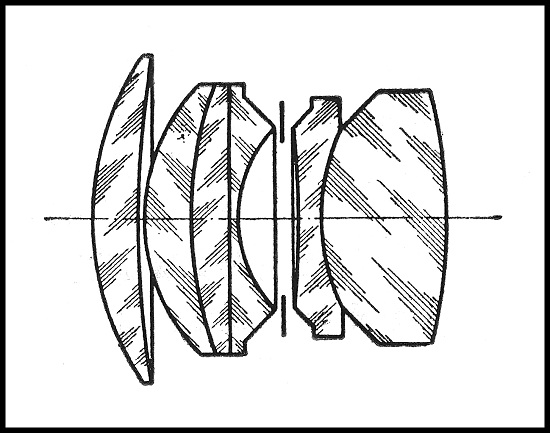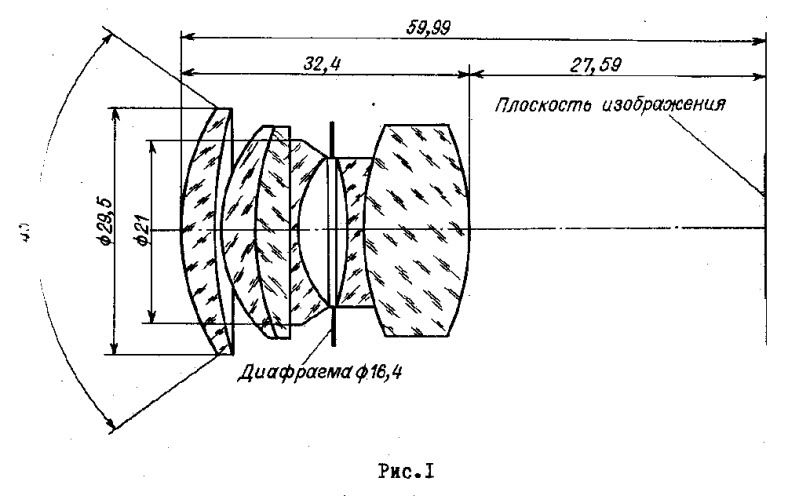I've been under the impression that the J-3 is the closest of the copies, optically---including post war zeiss---to the original Jena f/1.5
To what degree this was achieved with the skills and machinery found in the ruins of Germany, or reverse-engineering, I've never been totally clear.
It was certainly within the capabilities of the Soviets to reverse-engineer the jena f/1.5 with nothing more than one example, as they did exactly that with the most expensive and advanced technology of ww2, the B-29, in a very short time frame.
The sudden appearance of the Tu-4 at a Soviet airshow in 1947 caused a panic among the capitalists, as now Chicago was in range of Soviet nuclear weapons.
Stalin himself demanded the Tu-4 be an exact copy of the B-29, but it turned out 1% heavier.
Of course this was a huge coup, as we in the US spent way way more on the B-29 than we did on the early nukes.
Now if only Putin would wake up and have the retina iMac copied
😉
Having bought a number of soviet lenses, I don't anymore, because I've had so many bad copies, it's actually cheaper to get the real thing LOL
But a nice clean J-3, with good calibration: well, cost aside, that I would prefer to a zm50/1.5 or the CV
🙂
Here's a video of a guy who is using the J-3 for the first time:
https://www.youtube.com/watch?v=OC-VFAf9P_s
His description of the varied "moods" of the lens is really quite good. You really cannot overstate the transformation between the muted glowy WO performance, and the high contrast punchy images which appear at f/4. He could be describing my pre-war jena exactly.
So often discussions of lens "character" center on WO attributes. To me it's the whole picture that matters. I use f/4 and f/8 much more often than f/1.5, and this lens is equally unique at those apertures.
The 28 cron I love as much at f/11 as f/2, it's a different lens at each.












